A group of Leipzig residents took on a dilapidated complex of old buildings, uncovering some of its former qualities and adding some new ones of their own. The result? A unique residential building with industrial features – and second place in the 2017 KfW Awards for Construction.
A sense of adventure
A strong brigade of 20 owners are living their dream in this Wilhelminian-period building (KfW Group/n-tv). This video is only available in German.
The German government's "Aufbau Ost" (Reconstruction of the East) project flourished in Leipzig after the reunification of Germany so the time soon came for "Aufbau West" (Reconstruction of the West), as the construction project was named ironically: the Plagwitz neighbourhood on the western side of Leipzig used to have a somewhat dubious reputation, and featured a haphazard mixture of tatty industrial units and old residential buildings with damp walls, outdoor toilets and soot-covered facades. These days, Plagwitz is the district of lofts, ateliers, carefully restored old buildings and sections of urban wasteland brought back to life. The "Aufbau West" project consists of plastering and parquet flooring, huge parlors used for commercial projects and a few surrounding buildings left unrestored, which now exude romance instead of decay, dirt and disrepair.
The driving force behind the whole thing were Julia Deutsch, a music educator, and Holm Taddiken, a film producer. They were looking for a suitable property for a community project and soon stumbled across an online advert for the building on Naumburger Strasse: a residential building on the street with a dilapidated, damaged but deep-down beautiful yellow-brick facade. Behind it, a rear building with large, column-free commercial spaces, offices separated by timber and glass panels and very high ceilings. "I would like to live here," thought Julia Deutsch spontaneously.
The building was inherited by the German Workers' Welfare Association, who found they had no use for it and began looking for buyers who would use it for social initiatives. Ms Deutsch and Mr Taddiken purchased the property on exactly 12/12/2012 and then began looking for like-minded residents. Some potential residents recoiled as soon as they walked through the doors as the buildings and courtyards were still full of debris and rubbish while the surrounding buildings were left in ruins. And, after inspecting the cracked facades and broken windows, an energy expert declared: "As it is at the moment, the building is almost impossible to heat."
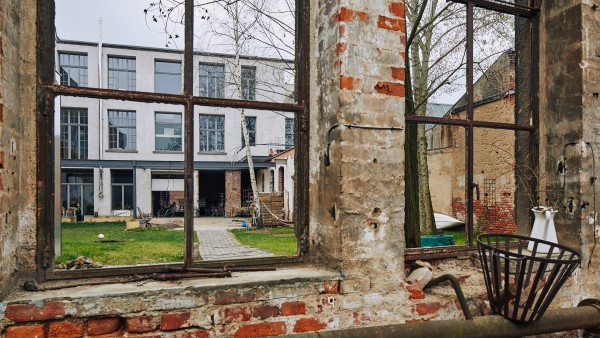
A love of ruins
The back courtyard features the wall of a ruin – a reminder of the decay that has been reversed in the front building and largest building on the side of the courtyard.
However, a few visitors were enthralled by the traces of history, which remain in the building to this day: the house was built in 1898 by a very successful master carpenter, who moved into the front building and worked at the back.
A metal company took over the building in the 1930s, while VEB Schwermaschinenbau Kirow (a socialist company that produced large cranes) moved in during the age of the GDR. It seems as though Naumburger Strasse 40 was used to store spare parts, or maybe even produce them – the builders uncovered 200 thick catalogues during their work.
Now, the group has carefully revived the classic features in the old building, from the parquet flooring to the plastered ceilings. A new feature has been added, too: sustainability thanks to insulation, heating and solar thermal energy. Another new addition is a range of comfortable features, from spacious roof terraces to a lift that has been installed in place of the old toilets on the stairwell.
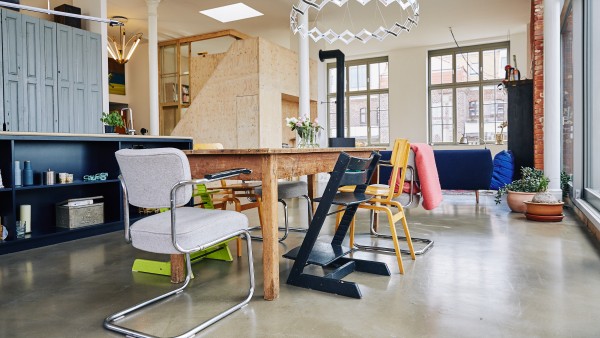
Spaciousness
Part of a loft with a large plywood partition (back left).
A restoration expert provided tips on how to protect the painted decoration in the stairwell. The residents were willing to do whatever they could themselves. Holm Taddiken looks back fondly at the "hive of activity". Huge piles of rubbish and debris had to be removed, ancient paving and earth was uncovered in the courtyard, and the windows were refurbished by the residents themselves.
The transformation in the back building was even more extensive. There, large parlors of around 100 square metres in size now form the heart of the flats. And while many other people complain about how small their flats are, Julia Deutsch wondered: "How are we going to handle these huge rooms?"
The answer lies in blocks placed simply in the centre of the room. These blocks even have room for a roof terrace where children can play and watch the goings-on in the room below.
Read more below the image gallery.
Beautiful at the front
The bricks and ornaments were replaced. The regularity of the facade is balanced out by the versatility of the flats inside.
Awards ceremony 2017
Impressions from the gala evening in Berlin, where the 2017 KfW Awards for Construction were presented in front of prominent guests (KfW Group/n-tv). This video is only avaiable in German.
14 families now live in the building. The children have placed dibs on the courtyards, while their parents are well aware of all the work that still needs doing. There is always something to tidy, repair or restore. Although the complex is now split into freehold flats, the community is as close as ever.
They all share the courtyards together and if someone were to decide to move out, they could not just sell their flat to any old person. In this case, the community would have the right to buy the property at the same price and find suitable new residents themselves. One thing is certain: new residents would not be hard to find these days.
The project at a glance
Source
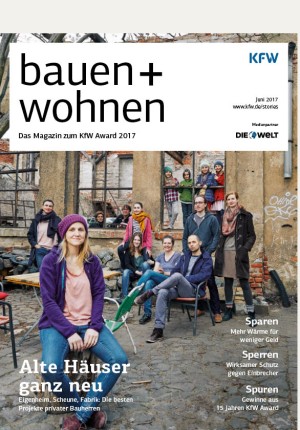
The winners are presented in the bauen + wohnen magazine 2107.
To German editionProject: Refurbishment and modernisation of a heavily damaged complex of residential and industrial buildings
Location: Leipzig-Plagwitz, NaumburgerStrasse 40
Year of construction: 1898, refurbishment: 2012 to 2014
Owners: Cooperative of 20 owners
Architect: Hauke Herberg (from quartier vier)
Energy consultant: Thomas Posanski (RPP Planning Office)
Area: 1,920 square metres of land, 1,800 square metres of floor area
Construction costs per square metre: €1,125
Benefits for residents: Atmospheric, spacious and affordable renovated flats and lofts in a popular neighbourhood, community living
Benefits for the community: Refurbishment and revival of a listed building and the neighbourhood as a whole, new residential opportunities in existing property
Energy-saving measures: Insulation, new doors, windows and heating systems, solar thermal energy
Accessibility: Wheelchair-friendly access, garden, lift in the front building
KfW Promotion: Programmes 124 "Residential Property" and 151 "Energy-Efficient Rehabilitation"
KfW Standard: KfW Efficiency House 115
Published on KfW Stories: Friday, 19 May 2017
The described project contributes to the following United Nationsʼ Sustainable Development Goals
Goal 7: Ensure access to affordable, reliable, sustainable and modern energy
Close to 80 per cent of the energy produced worldwide still comes from fossil fuel sources. Burning fossil fuels also generates costs for the health system due to air pollution and costs for climate-related damages that harm the general public, not just those burning the fuel.

All United Nations member states adopted the 2030 Agenda in 2015. At its heart is a list of 17 goals for sustainable development, known as the Sustainable Development Goals (SDGs). Our world should become a place where people are able to live in peace with each other in ways that are ecologically compatible, socially just, and economically effective.

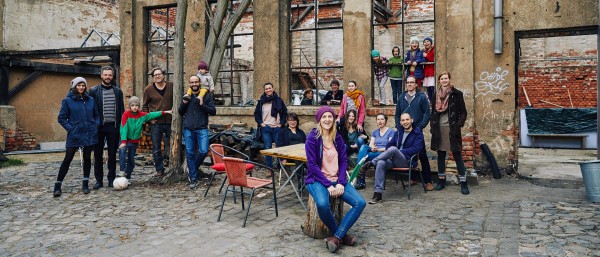
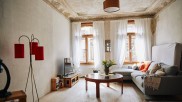
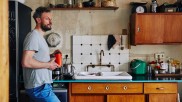
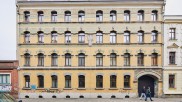
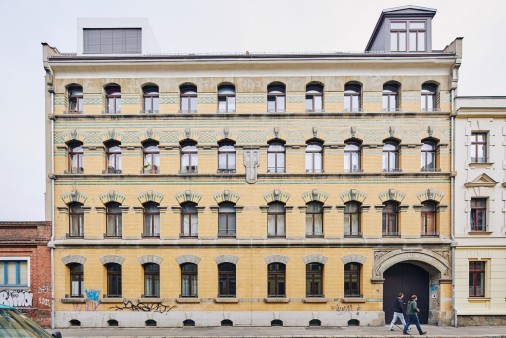
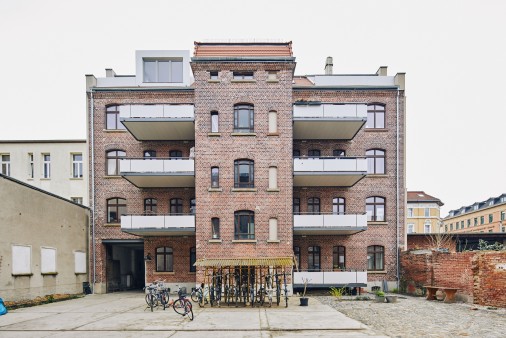
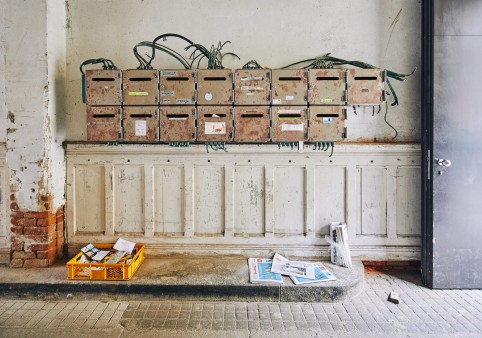
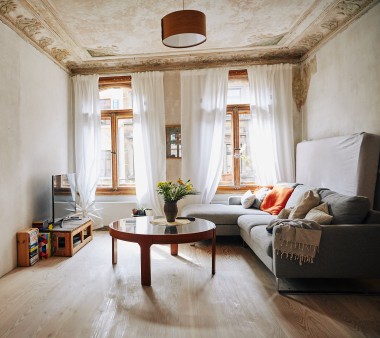
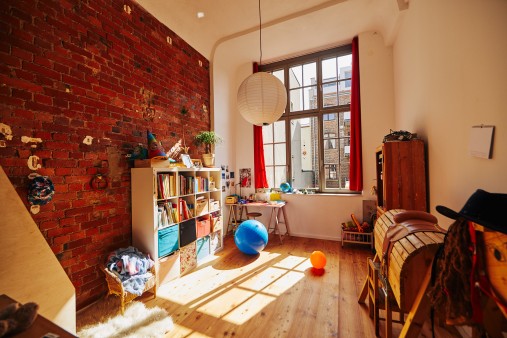
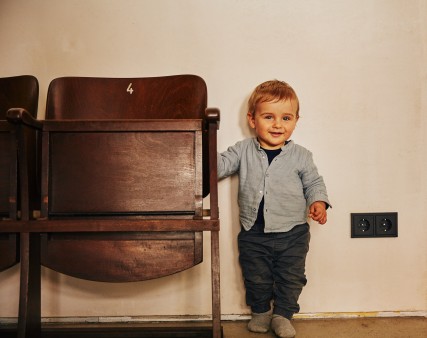
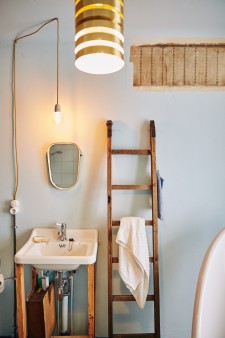
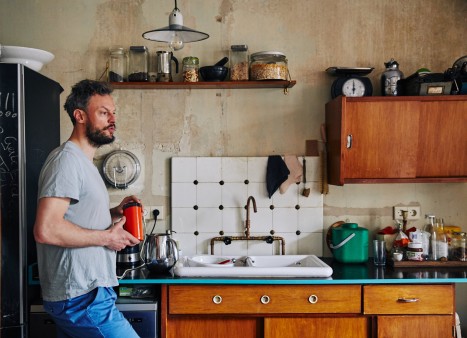








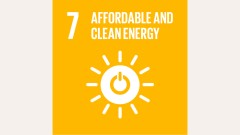
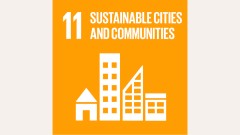
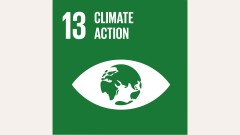

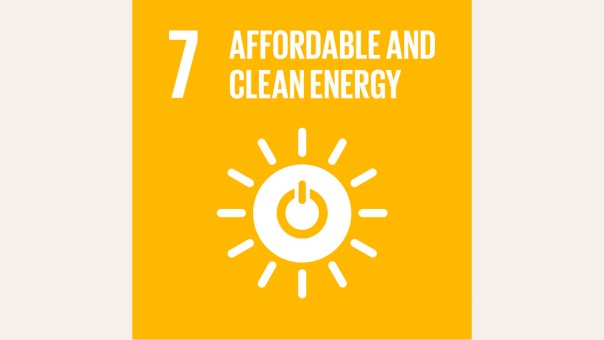
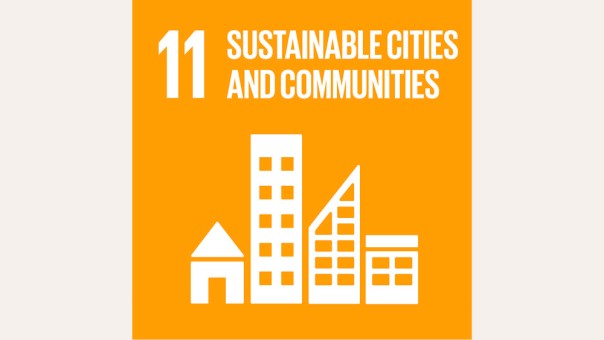
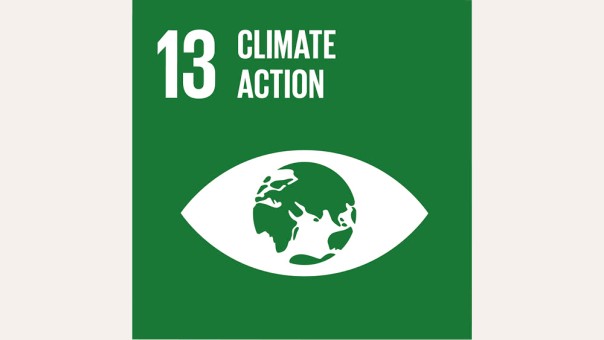

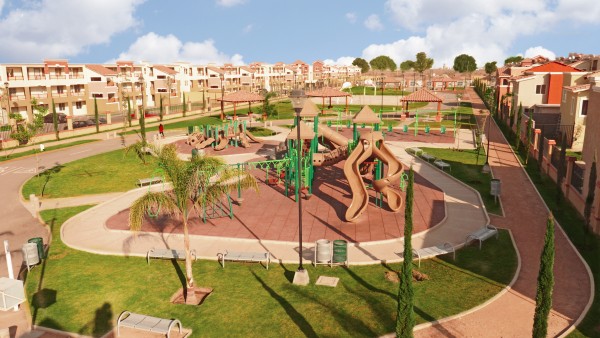
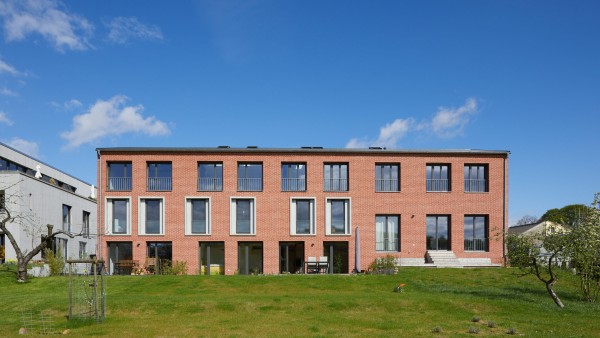
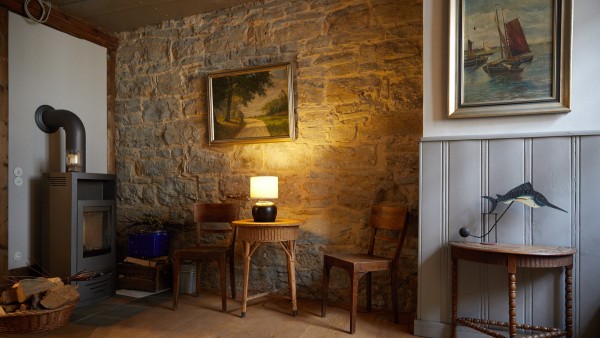
Data protection principles
If you click on one of the following icons, your data will be sent to the corresponding social network.
Privacy information